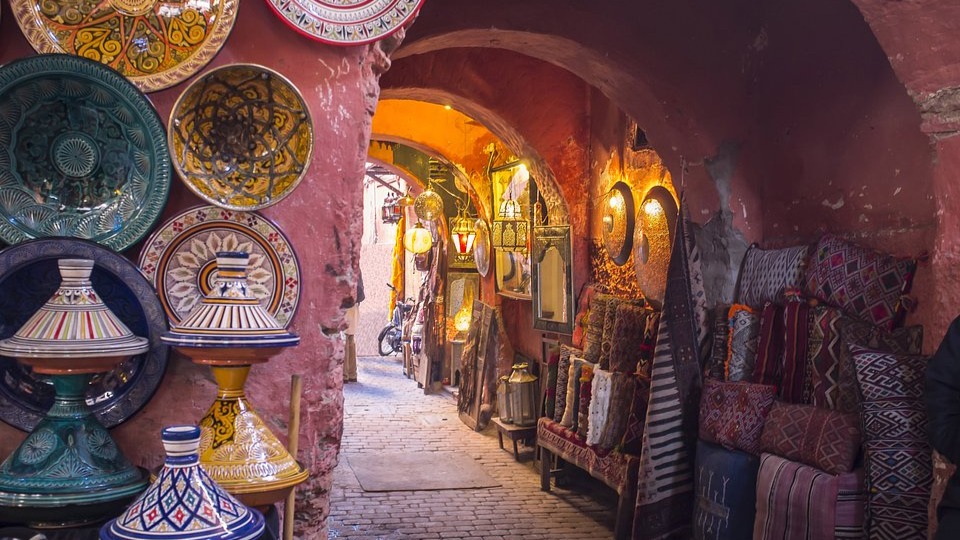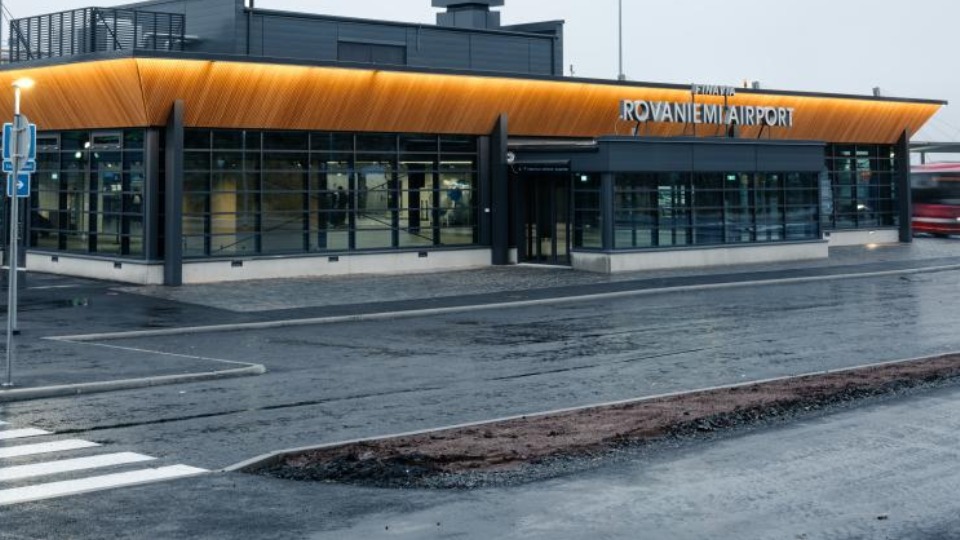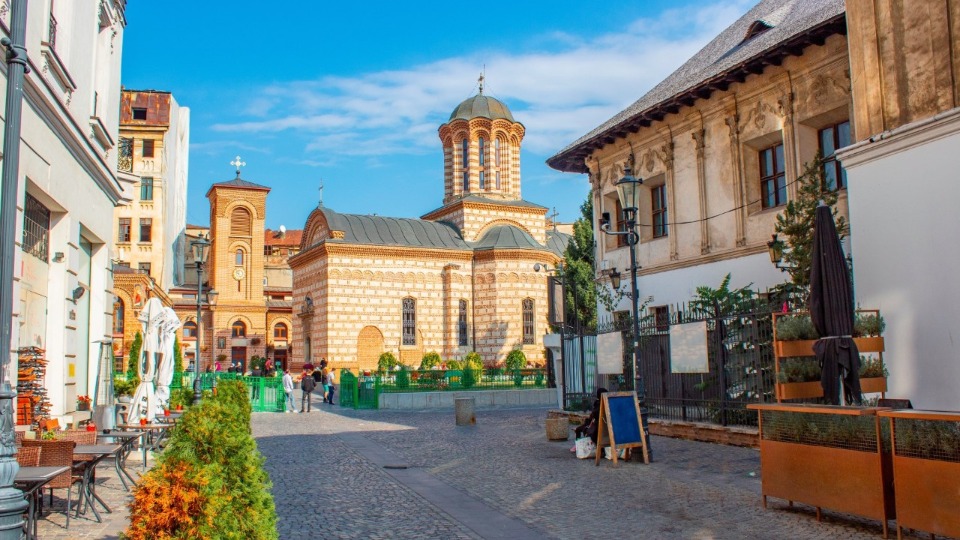
How Did the Ancient Rome Really Look Like?

Due to new and modern technology, the ancient civilization, history and other subjects can reborn in 3D. Whether it 's an animation or a three-dimensional scanning and reproduction, we can now better understand the lessons of history. And it is only the beginning in what will mean interacting with these virtual worlds.
In the US, at the Virginia University is conducted the international project "Rome Reborn", a 3D model of ancient Rome that includes a set of 6,700 buildings, according to archaeologists, that existed in 320 a time that the great city had reached a million citizans. Currently, this project can be studied 3D on Google Earth.
This project is a continuation of five centuries of research work performed by architects, artists and scholars since the Renaissance who have attempted to restore the ruins of the ancient city with words, maps and images. The partnership with Google Earth is another step to achieve a virtual machine of the time that our children and grandchildren will use to study the history of ancient Rome.
Among the buildings and monuments that can be traced 3D is the Colosseum, the Arch of Constantine, Basilica of Maxentius and Constantine, Circus Maximus, the Forum of Julius Caesar, the Arch of Titus and more. Computer graphics are based on a referential model, a model which was carried out by archaeologists during 1933-1974 and is hosted by the Museum of Roman Civilisation in Rome.








